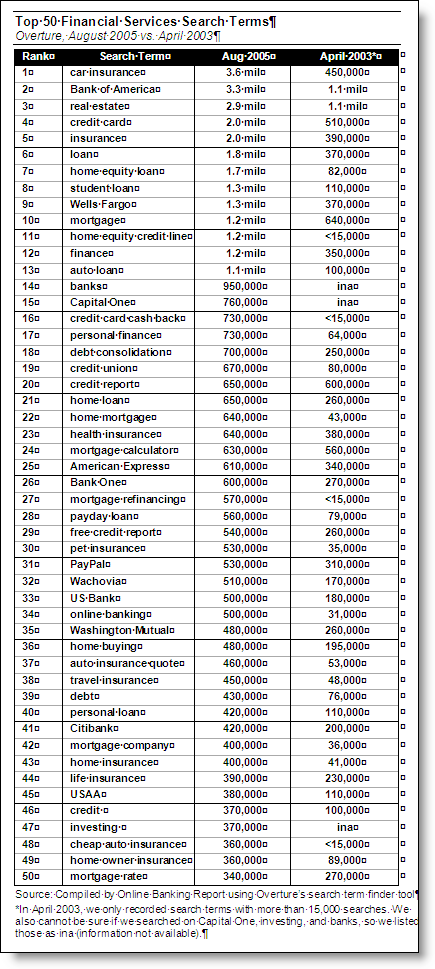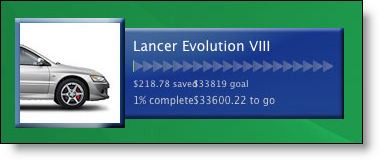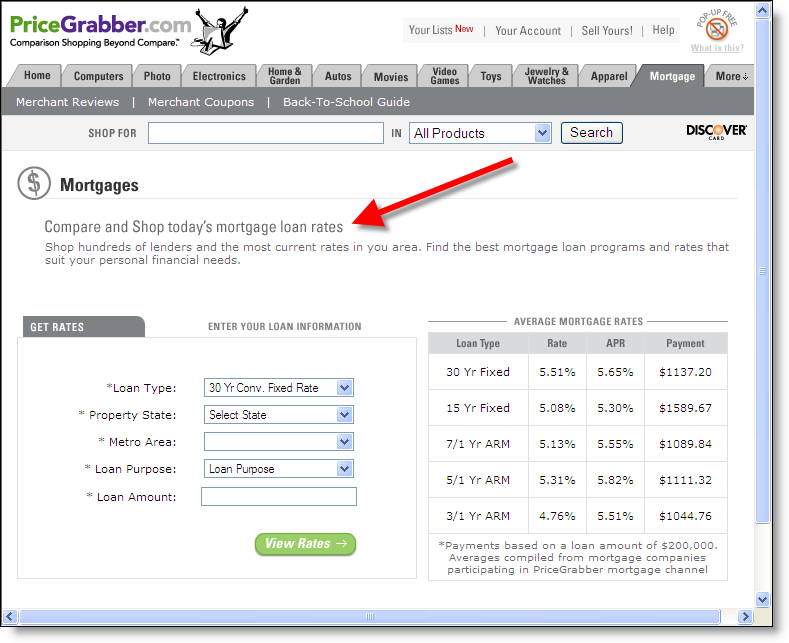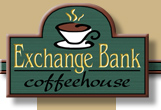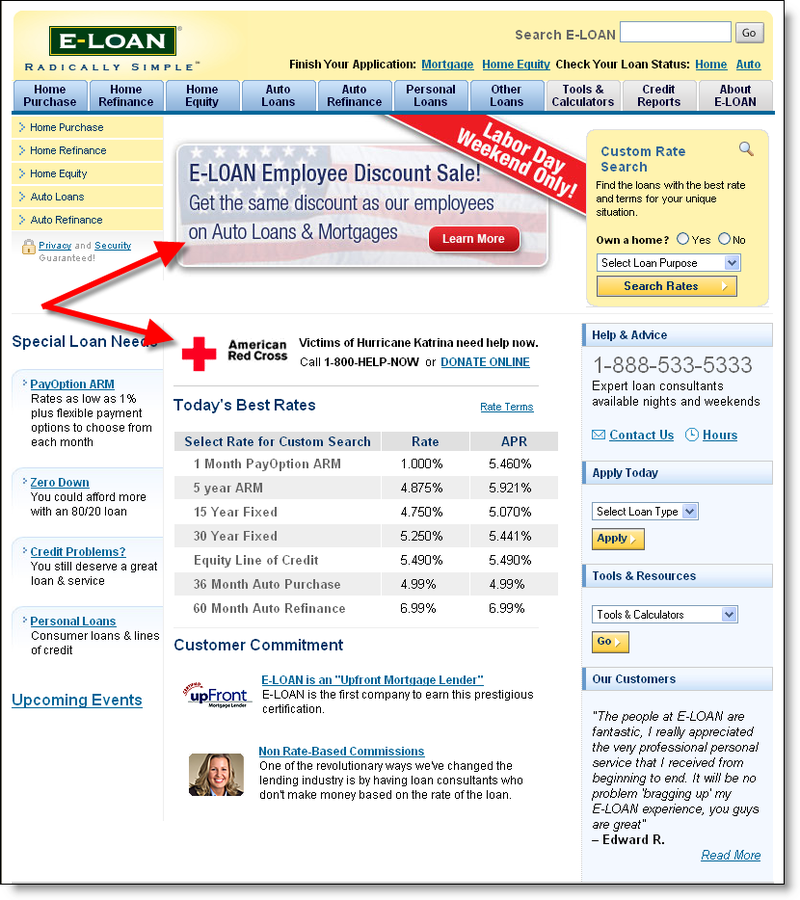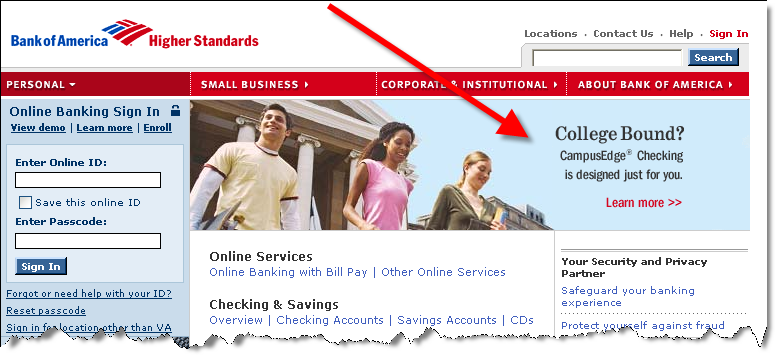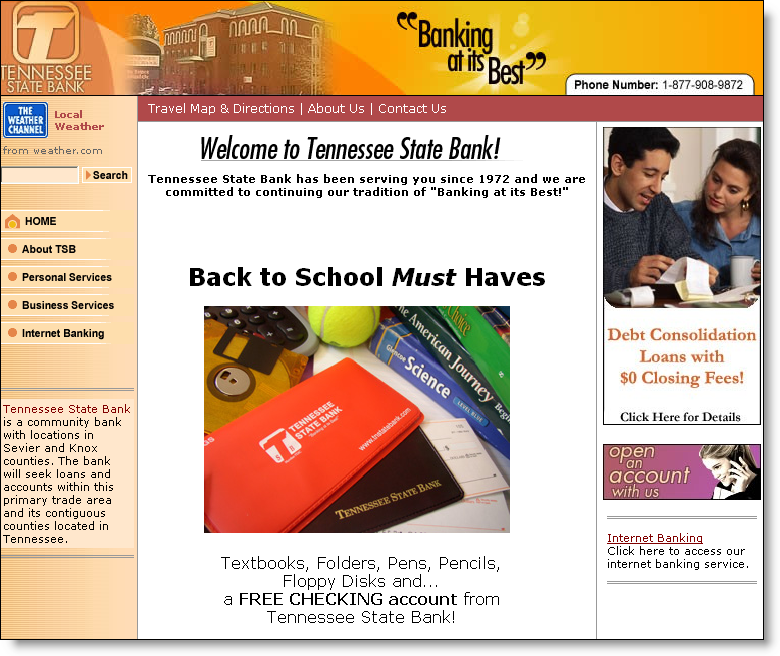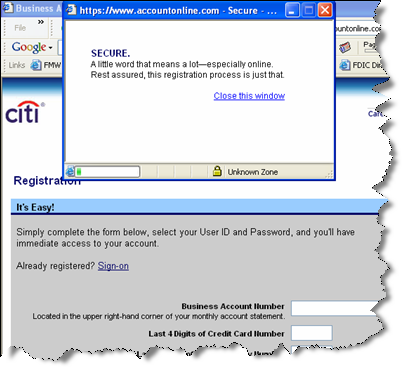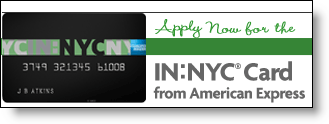 Financial institutions have done amazing things with their websites since Bank of America launched the first major commercial banking site 11 years ago (Sept. 1994). However, other than single-market credit unions and community banks, there hasn’t been much attention paid to localizing the content to appeal to more narrow geographic segments, for example the customers in a single city or neighborhood.
Financial institutions have done amazing things with their websites since Bank of America launched the first major commercial banking site 11 years ago (Sept. 1994). However, other than single-market credit unions and community banks, there hasn’t been much attention paid to localizing the content to appeal to more narrow geographic segments, for example the customers in a single city or neighborhood.
Beginning a year ago, American Express began a campaign to bring specialized city-based cards to major metro areas. The cards are intended for the 25-to-35 year-old hip urbanites. The card design, marketing, and rewards all cater to the dining out, clubbing, and museum-going single scene.
The first card, IN:NYC <innyc.com> launched a year ago (30 Sep 2004) and was discussed in a front-page WSJ article today. The company won’t disclose any results, but did say that 90% of its customers have not previously owned an American Express card, an important statistic for a company worried about cannibalizing its other products.
The IN:NYC card has its own look, website, and rewards program focusing on unique beyond-the-velvet-rope experiences in local clubs and eateries. In an interesting viral marketing strategy, friends are able to pool points in order to qualify for bigger rewards, such as a VIP table in a hot club.
The key cardmember benefits include:
- 0% Introductory APR for 6 months on purchases and balance transfers
- No annual fee
- Option to carry a balance
- One INSIDE Rewards point for every dollar spent
- INSIDE Double points on City Essentials
 The second city card was launched this month (19 Sep 2005) in Chicago. The IN:Chicago website is still a static billboard (see inset). Another card is in the works for Los Angeles, IN:LA, which is expected to launch later this year, although the company has yet to secure the rights to the website, inla.com.
The second city card was launched this month (19 Sep 2005) in Chicago. The IN:Chicago website is still a static billboard (see inset). Another card is in the works for Los Angeles, IN:LA, which is expected to launch later this year, although the company has yet to secure the rights to the website, inla.com.
Action Items
Many large banks alter their website content by state. However, the customization generally does not extend beyond minor pricing differences.
To better compete with local institutions, banks should use their websites to deliver highly-customized geographic content. Event calendars, discounts, and other local event marketing could create better brand recognition and more word-of-mouth advertising opportunities. It would also give local branch staff more ownership of "their" website. Banks could use an easily remembered URL such as <ny.wamu.com> to house their local versions.
—JB
